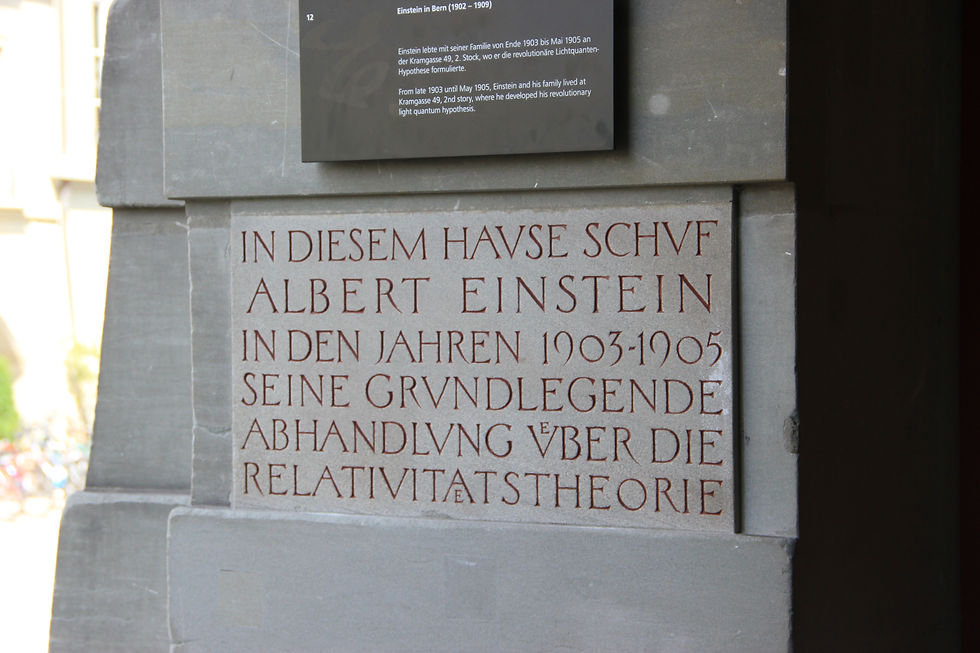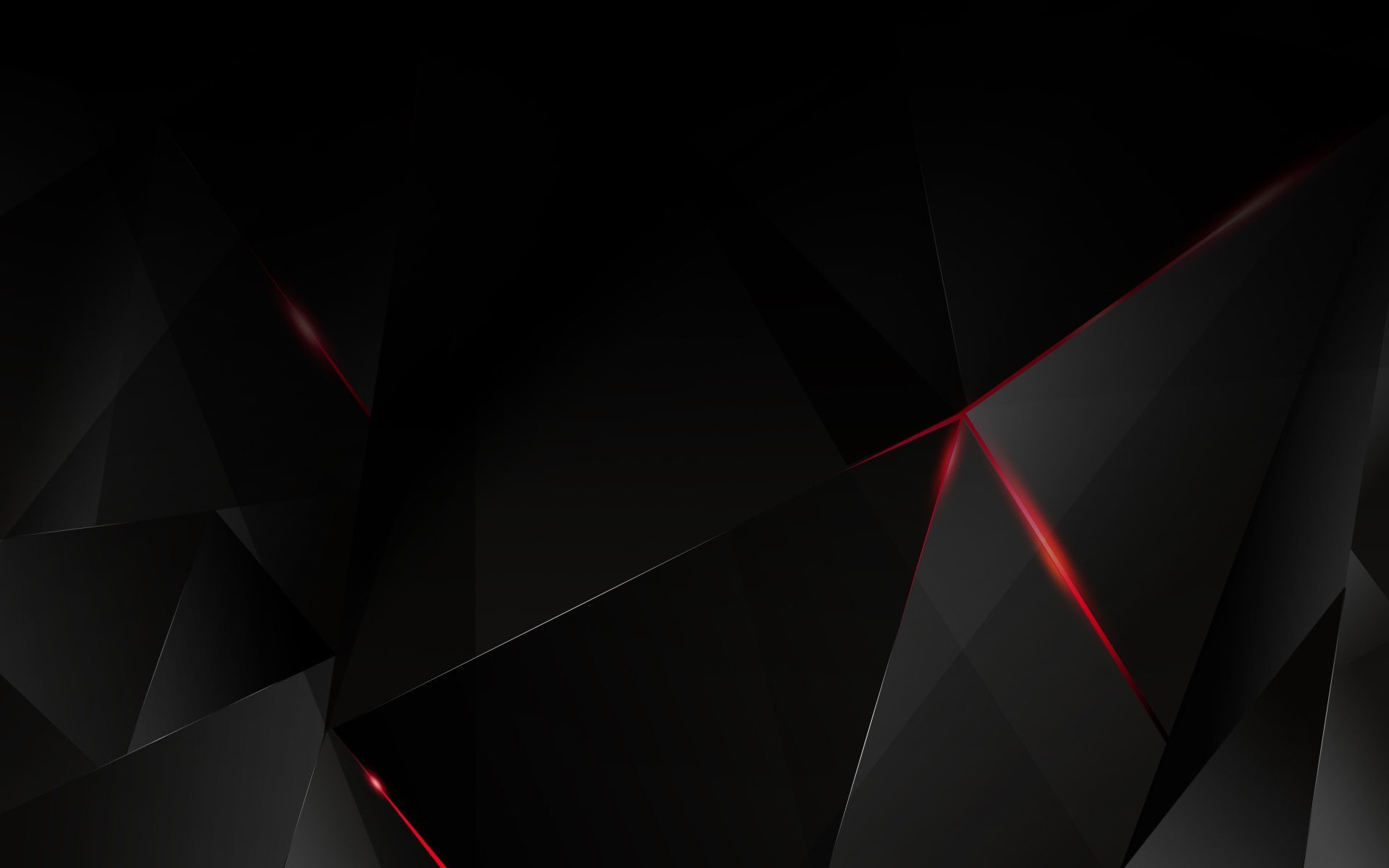Switzerland
- mpluhar9
- Jul 3, 2014
- 6 min read
Switzerland officially the Swiss Confederation, is a federal parliamentary republic consisting of 26 cantons, with Bern as the seat of the federal authorities, the so-calledBundesstadt The country is situated in Western and Central Europe, where it is bordered by Italyto the south, France to the west, Germany to the north, and Austria and Liechtenstein to the east. Switzerland is alandlocked country geographically divided between the Alps, the Swiss Plateau and the Jura, spanning an area of 41,285 km2 (15,940 sq mi). While the Alps occupy the greater part of the territory, the Swiss population of approximately 8 million people is concentrated mostly on the Plateau, where the largest cities are to be found. Among them are the twoglobal cities and economic centres of Zürich and Geneva.

GENEVA
Geneva is the second most populous city in Switzerland (after Zürich) and is the most populous city of Romandy, the French-speaking part of Switzerland. Situated where the Rhône exits Lake Geneva, it is the capital of the Republic and Canton of Geneva.
Geneva is a global city, a financial center, and worldwide center for diplomacy due to the presence of numerous international organizations, including the headquarters of many of the agencies of the United Nations and the Red Cross. Geneva is the city that hosts the highest number of international organisations in the world. It is also the place where the Geneva Conventions were signed, which chiefly concern the treatment of wartime non-combatants and prisoners of war.

Geneva was ranked as the world's ninth most important financial centre for competitiveness by the Global Financial Centres Index, ahead of Frankfurt, and third in Europe behind London and Zurich. A 2009 survey by Mercer found that Geneva has the third-highest quality of life of any city in the world (behind Vienna and Zurich for expatriates; it is narrowly outranked by Zurich). The city has been referred to as the world's most compact metropolis[citation needed] and the "Peace Capital". In 2009 and 2011, Geneva was ranked as, respectively, the fourth and fifth most expensive city in the world
From Geneva you can easily reach Mont Blanc Tunnel on France/Italy borders. Its about 100 kilometres on highway and then road to Chamonix where is French tunnel entrance. Tunel is about 11 kilometres lenght. On Italy side of tunnel is town of Courmayeur
Jet d'Eau
The Jet d'Eau is a large fountain in Geneva, Switzerland, and is one of the city's most famous landmarks, being featured on the city's official tourism web site and on the official logo for Geneva's hosting of the 2008 UEFAChampionships. It is also one of the largest fountains in the world. Situated at the point where Lake Geneva empties into the Rhône, it is visible throughout the city and from the air, even when flying over Geneva at an altitude of 10 km (33,000 ft).
Five hundred litres (132 gallons) of water per second are jetted to an altitude of 140 metres (459 feet) by two 500 kW pumps, operating at 2,400 V, consuming over one megawatt of electricity. The water leaves the nozzle at a speed of 200 km/h (124 mph). When it is in operation, at any given moment there are about 7,000 litres (1849 gallons) of water in the air. Unsuspecting visitors to the fountain—which can be reached via a stone jetty from the left bank of the lake—may be surprised to find themselves drenched after a slight change in wind direction.

Cathedral St-Pierre

L'horloge fleurie
"L'horloge fleurie" (or "flower clock") was - with its diameter of 5 metres - the largest of its kind in the world until the installation of a 15 metres flower clock in Tehran, Iran on 7 June 2005.
Geneva's "L'horloge fleurie" was created in 1955 as a symbol of the city's watchmakers and dedication to nature. Its second hand is the longest in the world at 2.50 meters. It is situated at the western edge of the Jardin Anglais. Usually, around 6500 flowers and shrubs are used as decoration for this clock. The decoration is changed each time the seasons of the year change.

BERN
The city of Bern or Berne is the Bundesstadt of Switzerland, and, with a population of 137,980, is the fourth most populous city in Switzerland. The Bern agglomeration, which includes 36 municipalities, has a population of 328,616 in 2000. The metropolitan area had a population of 660,000 in 2000. Bern is also the capital of the Canton of Bern, the second most populous of Switzerland's cantons.
The official language of Bern is German, but the main spoken language is the Alemannic Swiss German dialect called Bernese German.
In 1983 the historic old town in the centre of Bern became a UNESCO World Heritage Site and Bern is ranked among the world’s top ten cities for the best quality of life
The Zytglogge
The Zytgloggetower is a landmark medieval tower in Bern, Switzerland. Built in the early 13th century, it has served the city as guard tower, prison, clock tower, centre of urban life and civic memorial.
Despite the many redecorations and renovations it has undergone in its 800 years of existence, the Zytglogge is one of Bern's most recognisable symbols and, with its 15th-century astronomical clock, a major tourist attraction. It is a heritage site of national significance, and part of the Old City of Bern, a UNESCO World Cultural Heritage site.

The Einsteinhaus
The Einsteinhaus (Einstein House) is a museum and a former residence of Albert Einstein. It is located on Kramgasse No. 49 in Bern,Switzerland.
A flat on the second floor of the house was occupied by Albert Einstein, his wife Mileva Marić and their son Hans Albert Einstein from 1903 to 1905. The Annus Mirabilis papers, which contributed substantially to the foundation of modern physics, were written by Einstein in 1905, while he worked at the Federal Institute of Intellectual Property.
The living conditions of Einstein and his family are shown accurately in the apartment on the second floor with furniture from that time. Einstein’s biography and his life’s work are presented on the third floor.
A larger permanent exhibition is located at the Historical Museum of Bern.

ZÜRICH
Zürich or Zurich is the largest city in Switzerland and the capital of the canton of Zürich. It is located in north-central Switzerland at the northwestern tip of Lake Zürich. The municipality has approximately 400,028 inhabitants, and the Zurich metropolitan area 1.83 million. Zürich is a hub for railways, roads, and air traffic. Both Zürich Airport and railway station are the largest and busiest in the country.
Permanently settled for around 2000 years, the history of Zürich goes back to its founding by the Romans, who, in 15 BC, called it Turicum. However, early settlements have been found dating back more than 6400 years ago. During the Middle Ages Zürich gained the independent and privileged status of imperial immediacy and, in 1519, became a primary centre of the Protestant Reformation in Europe under the leadership of Ulrich Zwingli.
Zürich is a leading global city and among the world's largest financial centres. The city is home to a large number of financial institutions and banking giants. Most of Switzerland's research and development centres are concentrated in Zürich and the low tax rates attract overseas companies to set up their headquarters there.
Monocle's 2012 "Quality of Life Survey" ranked Zürich first on a list of the top 25 cities in the world "to make a base within". According to several surveys from 2006 to 2008, Zürich was named the city with the best quality of life in the world as well as the wealthiest city in Europe.
Many museums and art galleries can be found in the city, including the Swiss National Museum and the Kunsthaus. Zürich also hosts one of the most important theatres in the German-speaking world
INTERESTING PLACES IN SWITZERLAND
REICHENBACH FALLS
The Reichenbach Falls are a series of waterfalls on the Reichenbach stream in the Bernese Oberland region of Switzerland. They have a total drop of 250 metres (820 ft). At 90 metres (300 ft), the Upper Reichenbach Falls is one of the highest cataracts in the Alps. Today, a hydro-electric power company harnesses the flow of the Reichenbach Falls during certain times of year, reducing its flow.In popular literature, Sir Arthur Conan Doyle gave the falls as the location of the final confrontation of his hero Sherlock Holmes with the criminal Professor Moriarty in "The Final Problem" The falls are located in the lower part of the Reichenbachtal valley, on the Reichenbach stream, a tributary of the Aar river. They are some 2 km (1.2 mi) south of the town of Meiringen, and 25 km (16 mi) east of Interlaken. Politically, the falls are within the municipality of Schattenhalb in the canton of Bern. The falls are made accessible by the Reichenbachfall funicular. The lower station is some 20 minutes walk, or a 6 minute bus ride, from Meiringen station on the Brünig railway line that links Interlaken and Lucerne.
In the town of Meiringen is also small Sherlock Holmes Museum.


Comments